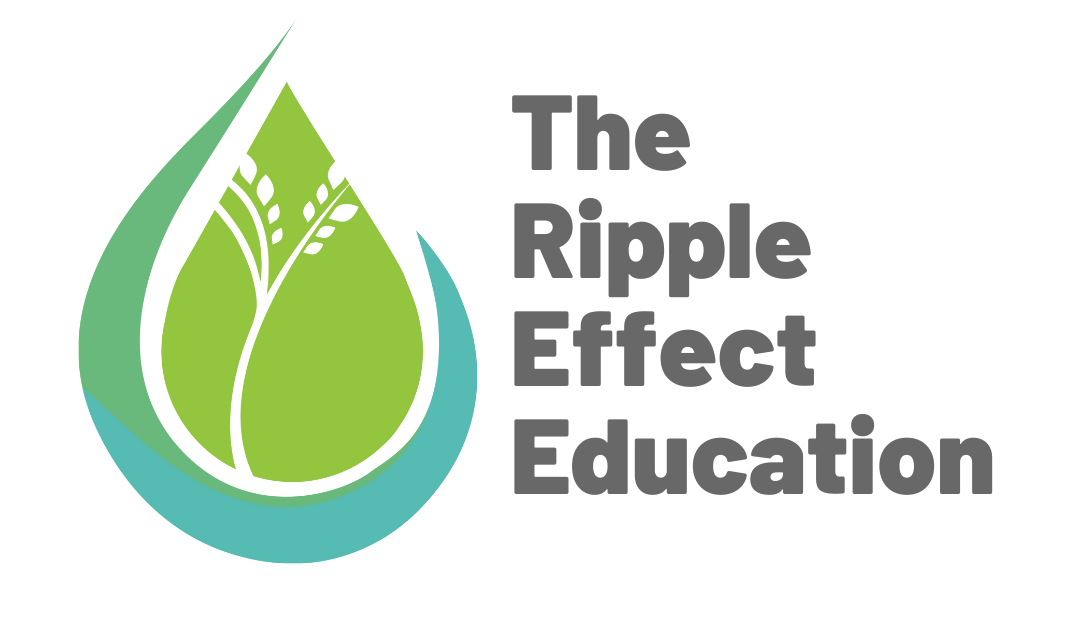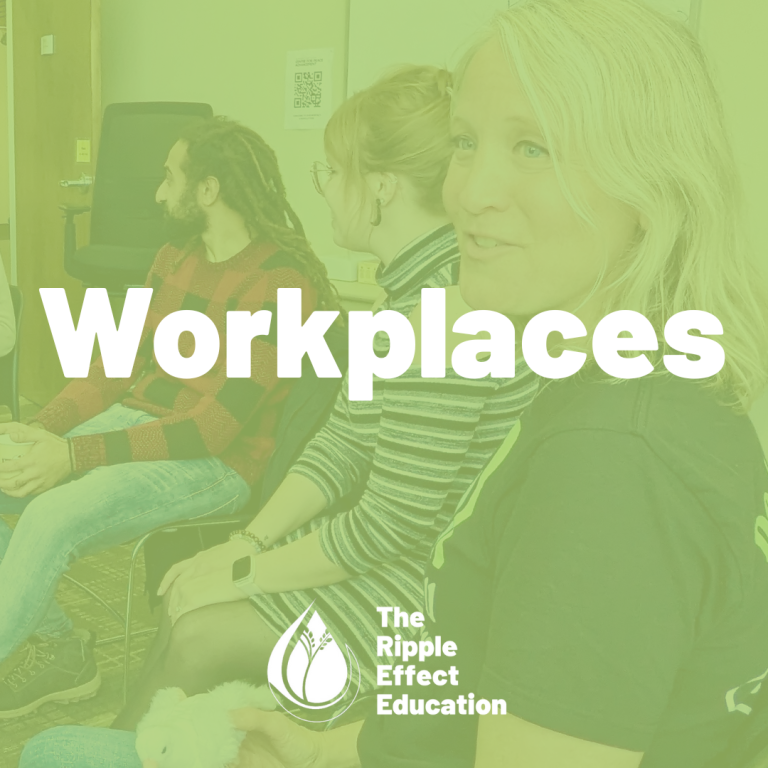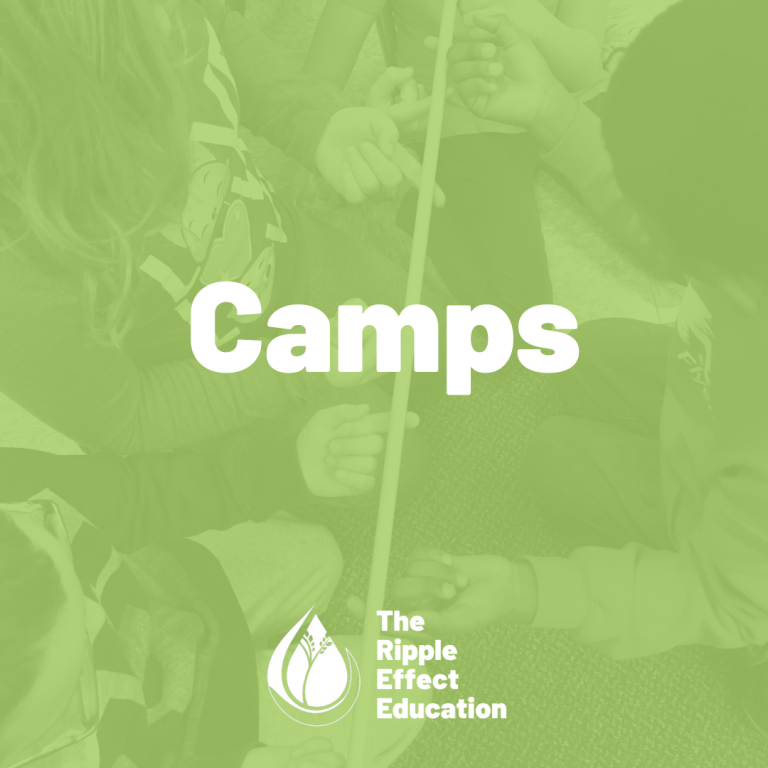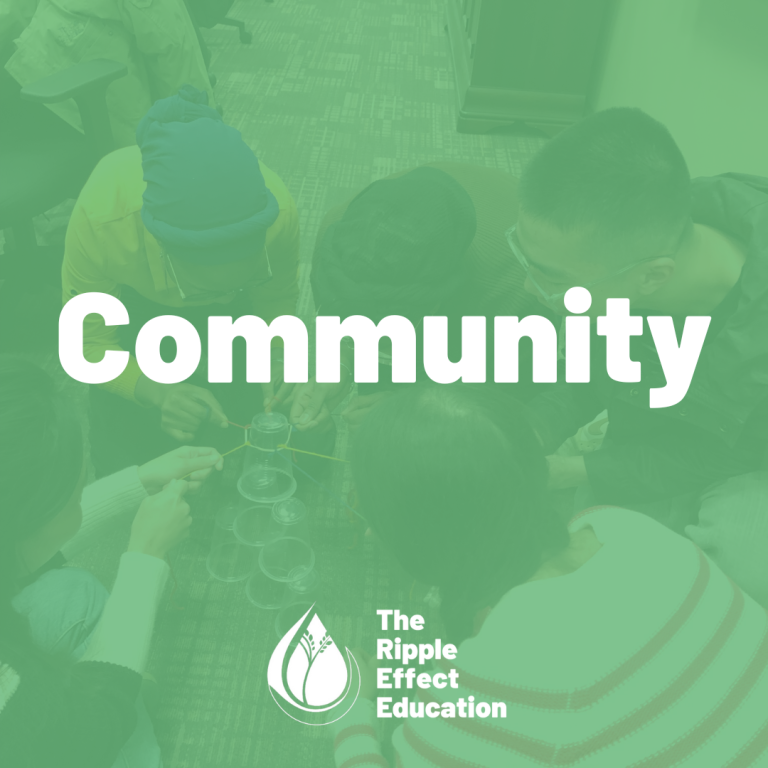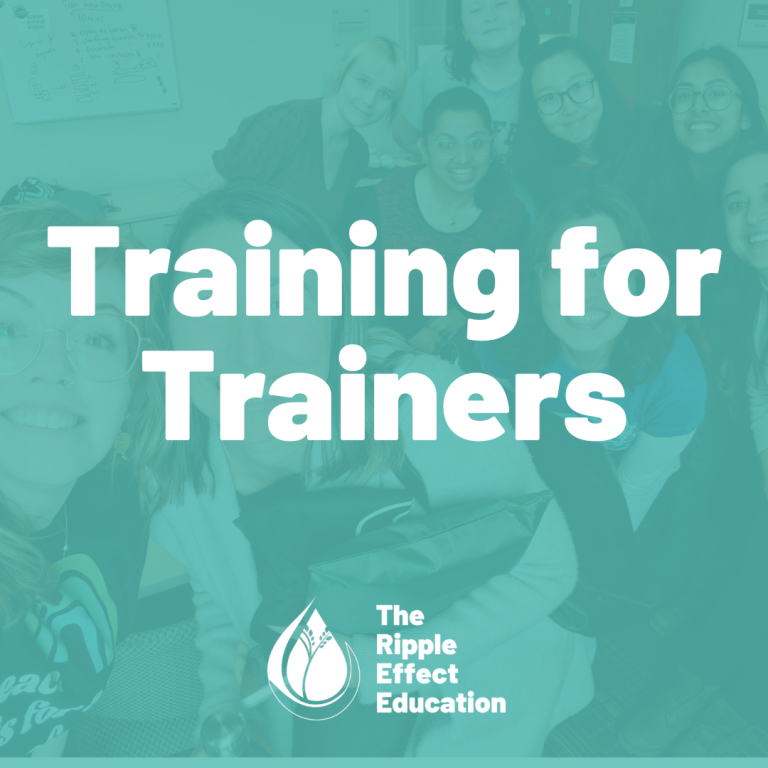Lately, I’ve been holding so much appreciation for the ways in which we talk about self-care at TREE.
In the third week of our Grade Six curriculum, we discuss stressors in students’ lives that might cause messy emotions and impact how we can approach peace and conflict in healthy ways. Once we unpack our individual stressors, we talk about how we can use self-care to help us navigate our emotions impacted by stressors: for some students they like to go for a walk, listen to music, journal, etc. No matter what, we always emphasize that the ways students can take care of themselves are based on their own individual needs. While I think that this has started to become a more mainstream way of talking about self-care, I believe we need to continue this emphasis on how caring for ourselves changes from person to person.
Often in TREE classrooms when we discuss self-care, students will talk about eating healthy and exercising as a form of care. This is great! We want to encourage youth to eat balanced meals and move their bodies, but this kind of talk can quickly become harmful if we are not careful of how we frame eating and exercise.
When talking about self-care we need to be constantly mindful that we are not perpetuating toxic traits of diet culture, and that self-care is focused on listening to our bodies. Even the term ‘self-care’ has become co-opted into its own industry by corporations trying to profit off our care. How come when I buy this vanilla-scented bath bomb it isn’t solving my problems?! When I do this, am I truly listening to what my body needs? Maybe my body needs to go for a walk rather than sit down and relax.
Here are a few tips I have learned through both my own self-care journey and two years of experience facilitating these workshops in TREE classrooms:
1. Encourage students to find what works for them. I appreciate this kind of take on self-care. It doesn’t assume that there is one template or format that will work for everyone. What can be a relaxing time drawing and painting for one person is not for the other (especially me, I am terrible at drawing and it becomes a stressor more than it eases one!).
2. Food neutrality. Eating food to help manage our emotions is often an example students bring up in the classroom (ex. maybe we are hangry and that is causing a stressor), and sometimes folks fall into labelling good and bad foods. This can be ostracising for students who may struggle with a healthy relationship to food, or begin to create unhealthy relationships with food for others. While we should make a distinction of food to give us energy vs. food as something self-soothing, one in two Canadians know someone who has or has had an eating disorder. Meaning, as educators we need to set an example that food gives us energy and that there is no such thing as ‘bad’ food. And maybe we’ve had a stressful day and eating a cookie is just what we need.
3. Movement as a source of joy. At TREE, when we talk about movement and exercise in relation to self-care, it is always within the idea of finding what types of movement can bring joy. We are careful to emphasize that when we talk about movement as a form of self-care it is because we’re listening to our bodies rather than focusing on trying to change them. What feels good to you? Stretching? Doing push-ups? Dancing around your room? Pick what is going to make you happy!
When in doubt, encourage students to think about ways we can feel grounded and connected to our bodies and feelings. How can we do this as a form of self-care? I find it helpful to keep in mind this quote from certified Intuitive Eating Counsellor Michelle Corderio (Michelle is also from my hometown, Hamilton!).
“What can you add in, something super manageable, every day that will make you feel more connected to your body and more compassionate to yourself in the long term? Some water, a walk, support or rest. You deserve to have moments of joy, to eat things that taste good and feel special to you.” — Michelle Cordeiro
Read our related blog posts:
- Three Mindfulness Practices for Stronger Relationships
- Making Self-Care Routine This Year
- Books to Build Your Conflict Toolkit
Photo by Ylanite Koppens from Pexels
References
Corderio, Michelle. “An Anti Diet New Year.” GOODBODYFEEL, January 4 2021. www.goodbodyfeel.com/blog/2021/1/4/an-anti-diet-new-year
House of Commons, Canada. “Eating Disorders among Girls and Women in Canada: Report of the Standing Committee on the Status of Women.” November 2014, 41st Parliament, Second Session.
https://www.ourcommons.ca/DocumentViewer/en/41-2/FEWO/report-4
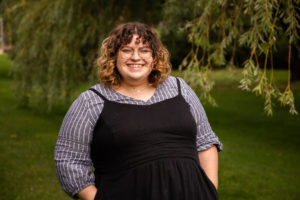 Maddie Krusto (she/her) is a theatre artist, equity researcher, and educator based in Hamilton, Ontario with over eight years of experience working with youth in summer camps, classroom settings, and employee development programs. With a BA in Theatre and Film & English and Cultural Studies, and an MA in Gender Studies and Feminist Research from McMaster University, her training offers an artistic and educational practice that is collaborative, community-based, and care-focused. Maddie has collaborated as a researcher on projects such as McMaster’s Transforming Stories Driving Change Project, worked with the Stratford Festival Laboratory, and on Industry & Hamilton Fringe’s Safer Spaces Project. On top of facilitating with TREE, Maddie is also the Community Outreach Coordinator for Hamilton Fringe and a core founding organizer of the multi-disciplinary Hamilton group Care Collective. She lives with her very cute and grumpy cat, Oscar, who loves to make celebrity appearances during virtual facilitation sessions.
Maddie Krusto (she/her) is a theatre artist, equity researcher, and educator based in Hamilton, Ontario with over eight years of experience working with youth in summer camps, classroom settings, and employee development programs. With a BA in Theatre and Film & English and Cultural Studies, and an MA in Gender Studies and Feminist Research from McMaster University, her training offers an artistic and educational practice that is collaborative, community-based, and care-focused. Maddie has collaborated as a researcher on projects such as McMaster’s Transforming Stories Driving Change Project, worked with the Stratford Festival Laboratory, and on Industry & Hamilton Fringe’s Safer Spaces Project. On top of facilitating with TREE, Maddie is also the Community Outreach Coordinator for Hamilton Fringe and a core founding organizer of the multi-disciplinary Hamilton group Care Collective. She lives with her very cute and grumpy cat, Oscar, who loves to make celebrity appearances during virtual facilitation sessions.
